The Complete Guide to Choosing the Right Sauna Door for Your Home Spa
Why Your Sauna Door Matters More Than You Think
Most people don’t give their sauna door a second thought—until steam leaks, temperatures drop, or the aesthetics of their wellness space feel off. But here’s the truth:
Your sauna door is one of the most critical—and overlooked—components of any sauna setup.
A high-quality door doesn’t just “look nice”—it directly affects:
- Safety – preventing burns or injuries from poorly sealed gaps or fragile glass
- Energy efficiency – conserving heat and reducing power consumption
- Aesthetics – bringing modern, rustic, or Scandinavian elegance to your space
- Longevity – withstanding moisture, daily use, and long-term wear without fogging, warping, or cracking
Whether you're building an indoor sanctuary or enhancing a backyard barrel sauna, selecting the right sauna door is just as important as choosing the heater type, wood species, or location. The right door enhances your overall sauna experience—comfort, safety, and wellness included.
What Types of Sauna Doors Are Available?
When choosing a sauna door, the type of material—and the style—impacts heat retention, light exposure, visual appeal, and user comfort. Let’s break down the main options:
Glass Sauna Doors
Best For: Infrared, hybrid, full-spectrum, and luxury indoor saunas
Benefits:
- Allows natural or ambient light in
- Makes small spaces feel more open and breathable
- Modern look that complements contemporary interiors
- Tempered safety glass resists high heat and thermal shock
Considerations:
- Less insulating than wood (unless double-glazed)
- May require more frequent cleaning to avoid streaks or fog
- Higher upfront cost than wood
🔍 Tip: Look for 8–10 mm tempered glass that complies with ANSI Z97.1 or EN12150 safety standards.
Wood Sauna Doors
Best For: Traditional Finnish saunas, rustic outdoor setups, cedar cabins
Benefits:
- Superior insulation and heat retention
- Matches wood interiors like red cedar, hemlock, or Nordic spruce
- Offers a natural, aromatic scent when heated
- Complements rustic or Scandinavian-style builds
Considerations:
- Can warp or swell over time if not properly sealed
- Offers less natural light inside the cabin
- May require periodic sanding, sealing, or refinishing
Combination Doors (Wood Frame + Glass Panel)
Best For: Modern homes, design-savvy users, and balance seekers
Benefits:
- Offers the insulation of wood and visibility of glass
- Stylish and versatile—available in minimalist, classic, or industrial designs
- Helps maintain a visual connection with adjoining rooms (perfect for indoor spas)
Considerations:
- More complex installation depending on hinge alignment and door swing
- Somewhat higher cost due to mixed materials
🔥 Ready to elevate your spa space?
Explore Infinite Sauna’s Indoor Collection for beautiful examples of perfectly paired doors and enclosures.
The Importance of Sauna Door Insulation and Heat Efficiency
Think of your sauna as a sealed environment: once heat escapes, the benefits decline. A sauna door that doesn’t fit tightly or uses poor materials is like leaving a window cracked open on a winter night.
How a Poor Sauna Door Affects Performance:
- Heat loss delays the warm-up time
- Electric or infrared heaters work harder and longer
- Energy bills rise with each use
- Interior air quality may be compromised due to airflow inconsistency
Use our Sauna Energy Calculator to see just how much your door might be costing you.
Energy-Efficient Features to Look For:
- Double-sealed frame or magnetic strips to prevent leaks
- Insulated core or layered glass panels
- Soft-close hinges to prevent door gaps from slamming
- Proper threshold and door sweep to keep heat in

Choosing the Right Material: Glass vs. Wood
Tempered Glass Essentials
Tempered glass isn’t just a design feature—it’s a safety necessity in any sauna.
What to look for:
- Minimum 8mm thickness (ideally 10mm for durability)
- Frosted, tinted, or bronze options for added privacy
- Certification labels (ANSI Z97.1 or EN12150)
⚠️ Avoid: Acrylic or standard glass doors—they’re not heat-safe and can dangerously shatter or deform under high temperatures.
Popular Wood Types for Sauna Doors
| Wood Type | Benefits | Notes |
|---|---|---|
| Cedar | Aromatic, mould-resistant, beautiful grains | May darken over time |
| Hemlock | Hypoallergenic, light in tone | Non-aromatic |
| Nordic Spruce | Durable, used in many commercial saunas | Scandinavian standard |
| Aspen | Soft feel, low resin, great for sensitive users | Must be treated for moisture |
🌱 Pro Tip: Avoid pine and plywood. These cheaper woods retain moisture and may emit resin, which can burn at high temps.
Safety Features to Look for in a Sauna Door
Because saunas involve high temperatures and enclosed spaces, safety is non-negotiable. Look for these essentials:
- ✅ Tempered glass with certification: Breaks into small granules, not shards
- ✅ Non-locking latch system: Prevents entrapment in emergencies
- ✅ Wood or stainless-steel handles: Reduce burn risk compared to metal handles
- ✅ Smooth, rounded edges: Especially for families or shared saunas
- ✅ Reversible hinges: Offer flexibility in left or right door swings
Top Sauna Door Designs for 2025
Design isn’t just about aesthetics—it’s about how your space feels and functions. Whether you’re designing a serene retreat or a bold wellness statement, these trending sauna door styles are dominating 2025:
- Frameless all-glass in matte black (sleek, spa-like vibe)
- Rustic wood plank with iron hardware (great for log cabins)
- Bronze-tinted, full-length glass with a roller mechanism
- Hybrid wood-and-glass doors with LED-lit trim (a tech-meets-tradition look)
Want help choosing a style? Take our Sauna Style Quiz to find the perfect fit for your space.
Common Mistakes to Avoid When Choosing a Sauna Door
- Ignoring insulation: Looks aren’t everything—performance matters too.
- Overlooking certification: Especially with glass, never skip safety labels.
- Mismatching aesthetics: Your door should complement the overall design.
- Improper fit or hinge alignment: Leads to air leaks and user frustration.
- Choosing based only on price: Cheap doors cost more in energy and repairs over time.
Expert Tips for Sauna Door Maintenance
To keep your sauna door in top condition:
- Wipe down glass after each use to prevent residue buildup
- Lubricate hinges and check alignment monthly
- Re-seal wood surfaces seasonally, especially in humid climates
- Avoid slamming or abrupt swings that can loosen seals
- Check for condensation or moisture seepage in glass panels
Make the Right Entrance into Sauna Wellness
Your sauna door is more than a barrier—it’s the gateway to your wellness ritual. From safety to insulation, from style to sustainability, investing in the right sauna door can completely transform your space and your health experience.
Whether you’re going for minimalist luxury or cabin-core authenticity, a thoughtfully chosen door ensures every sauna session is safe, efficient, and beautiful.

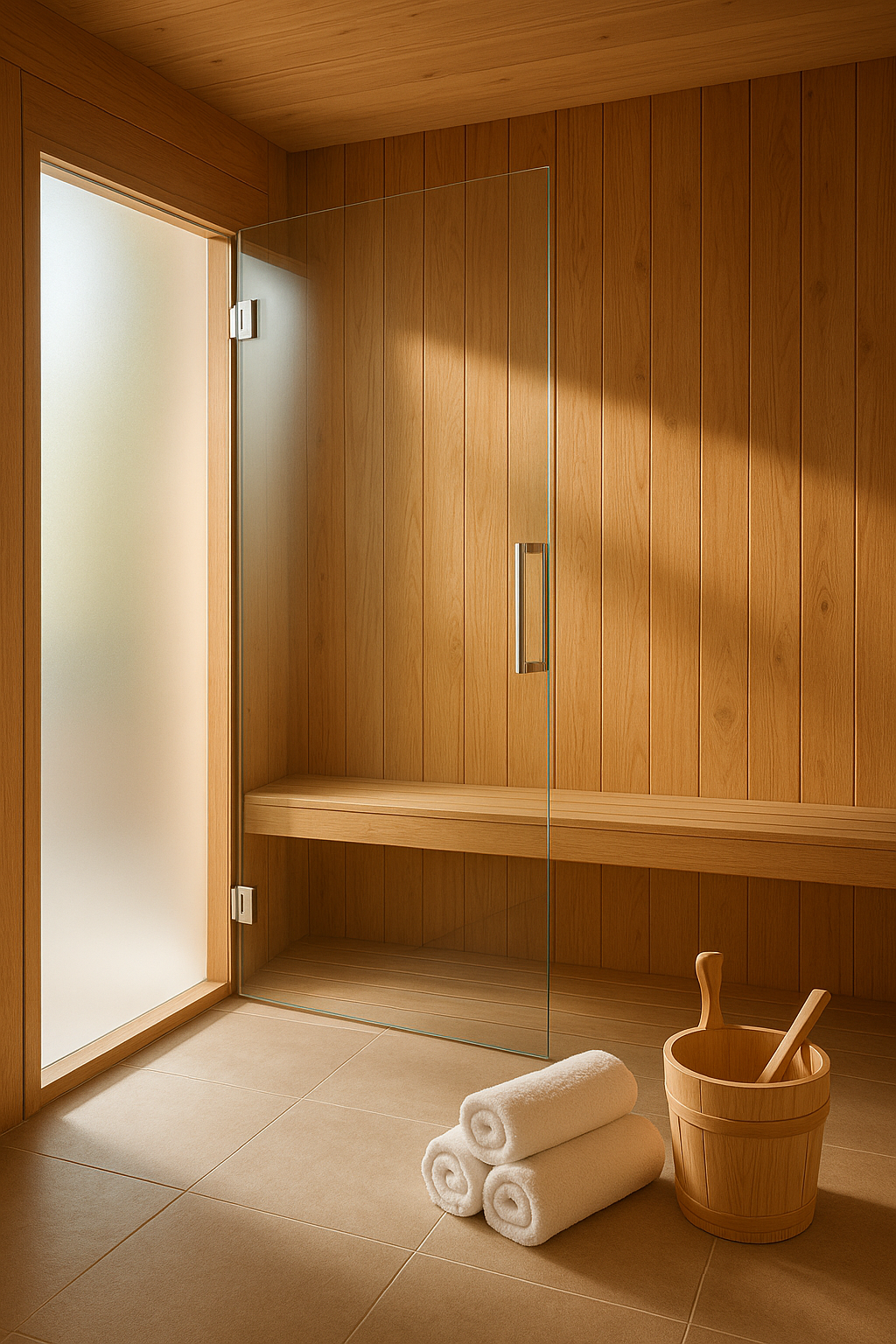

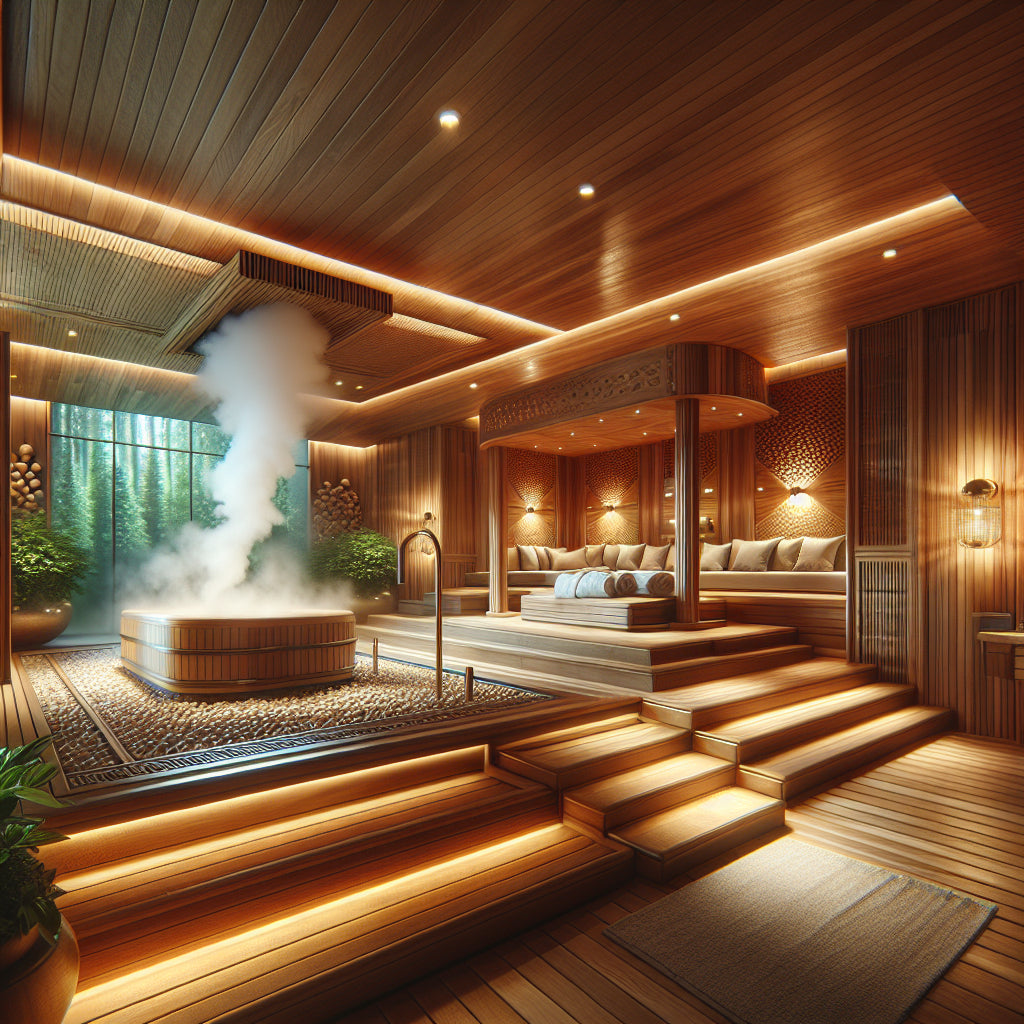
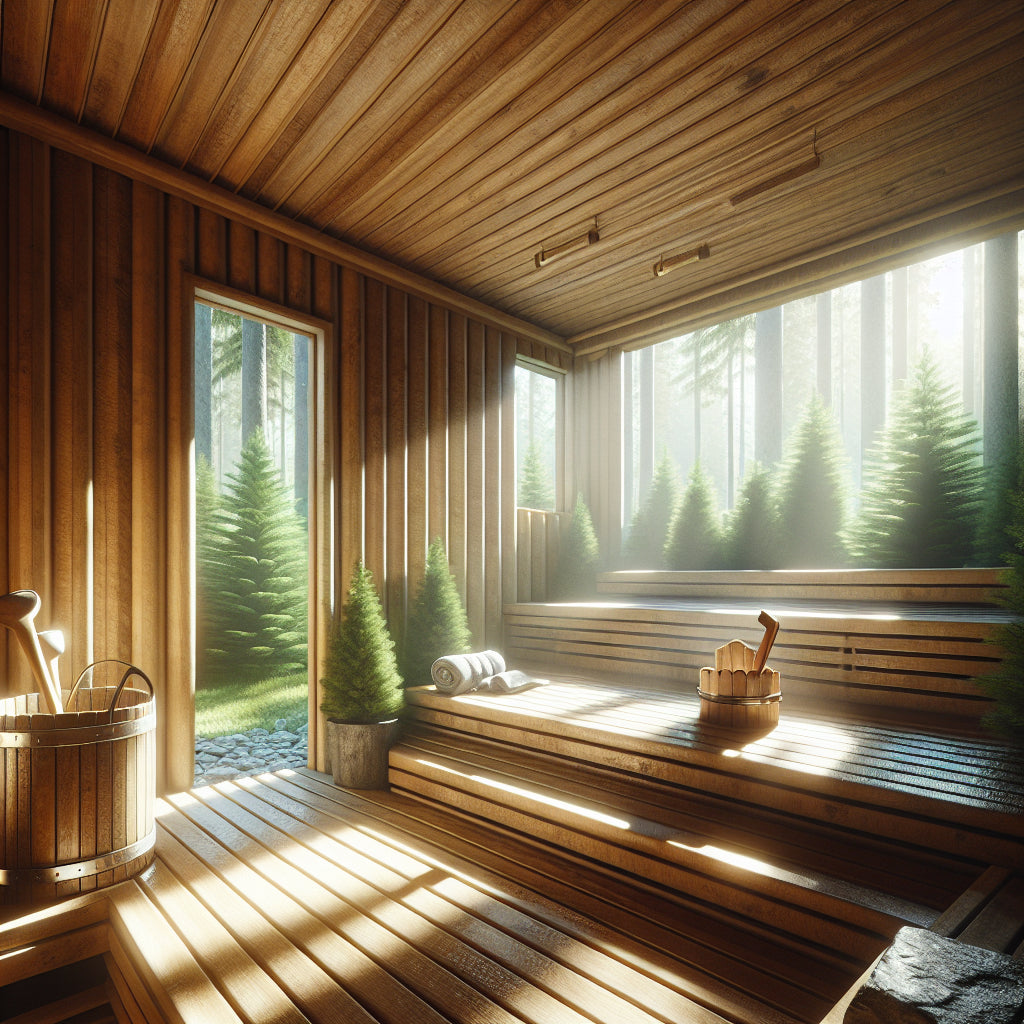
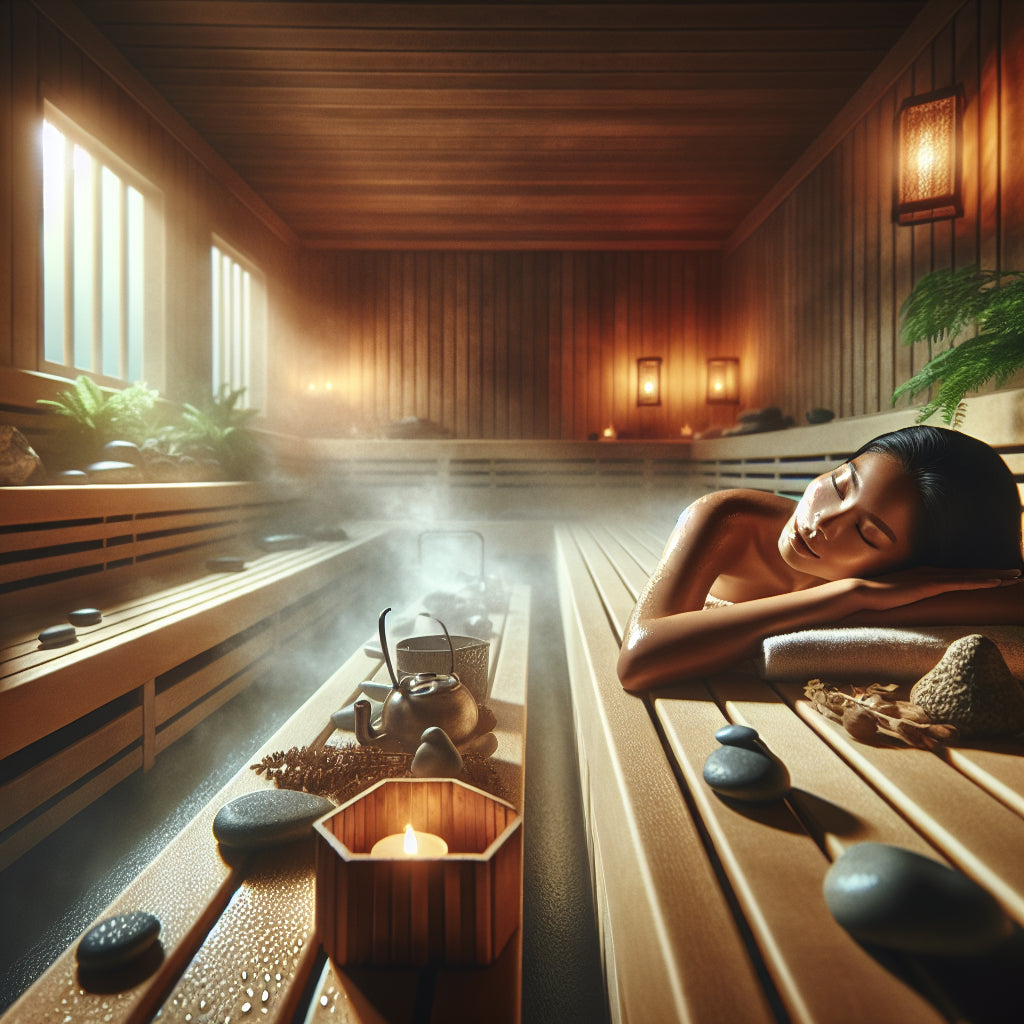
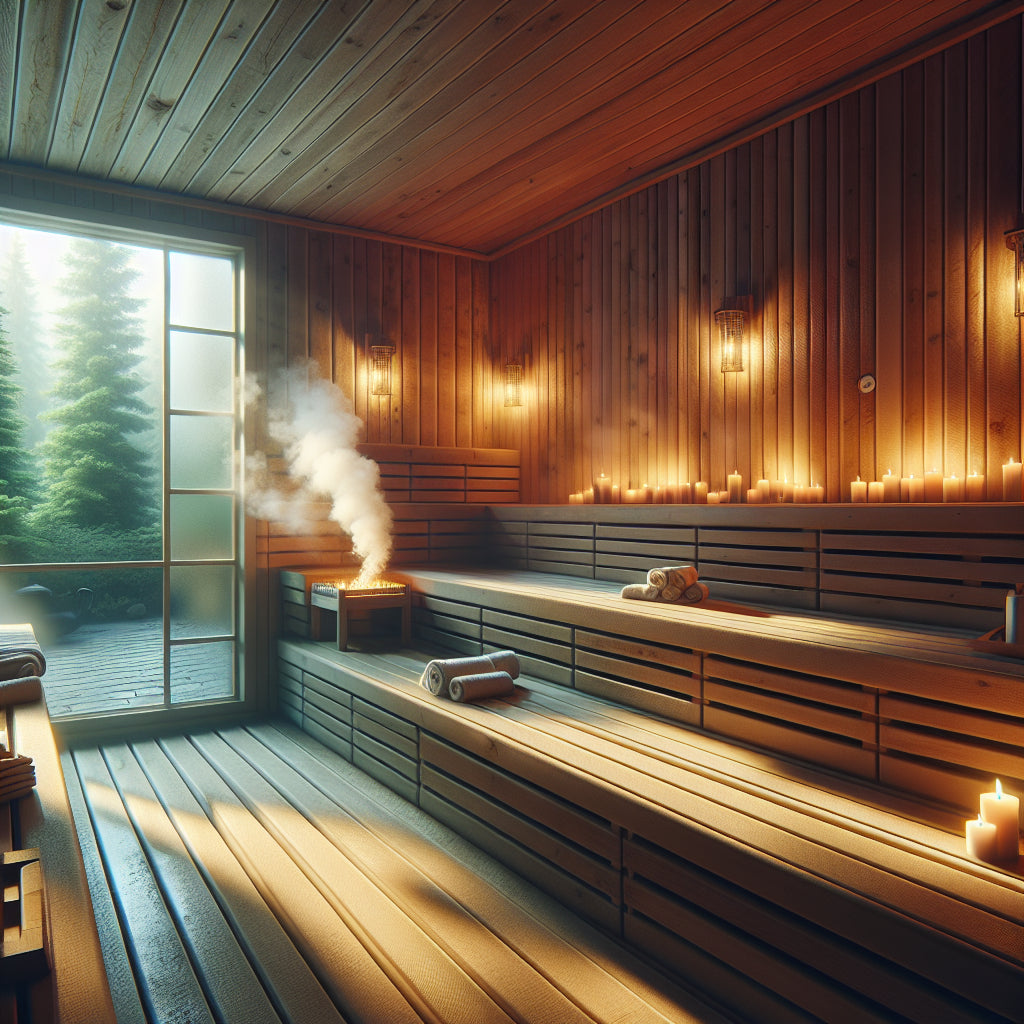
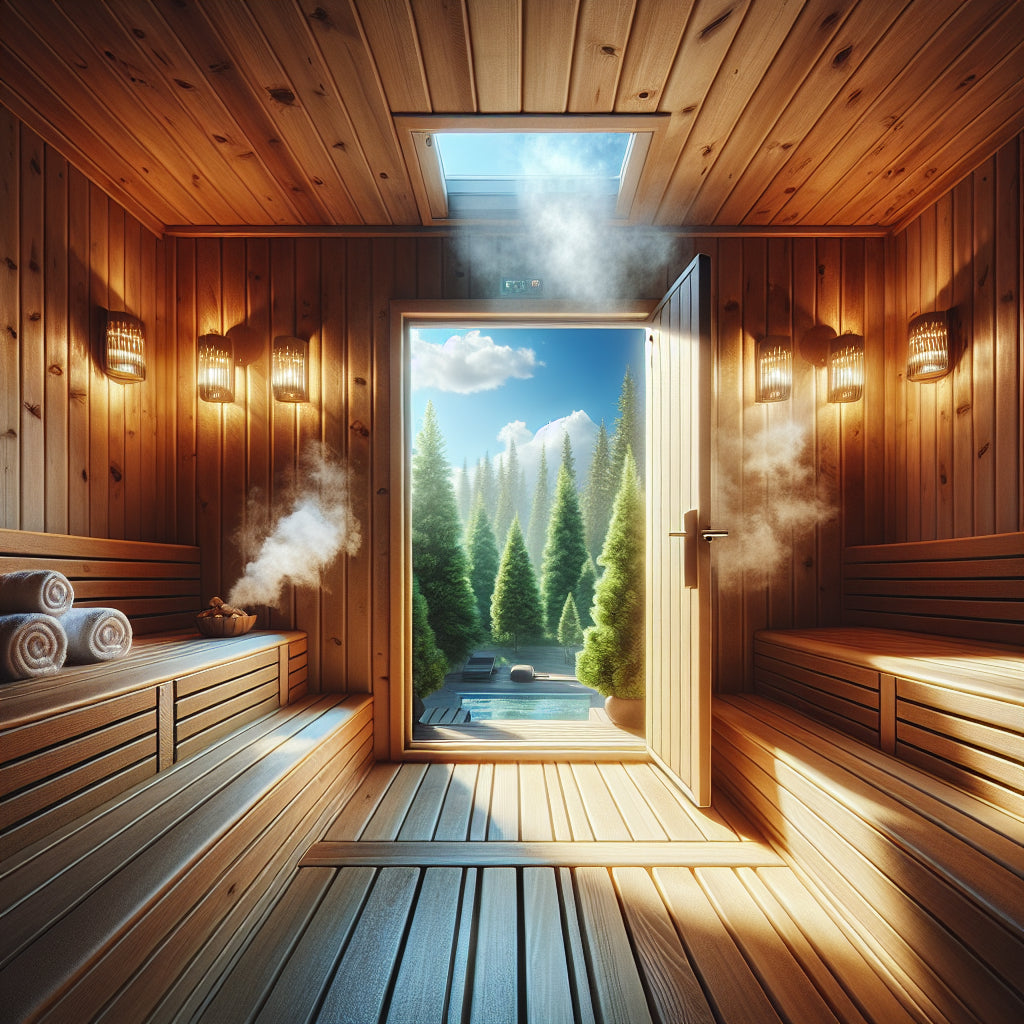
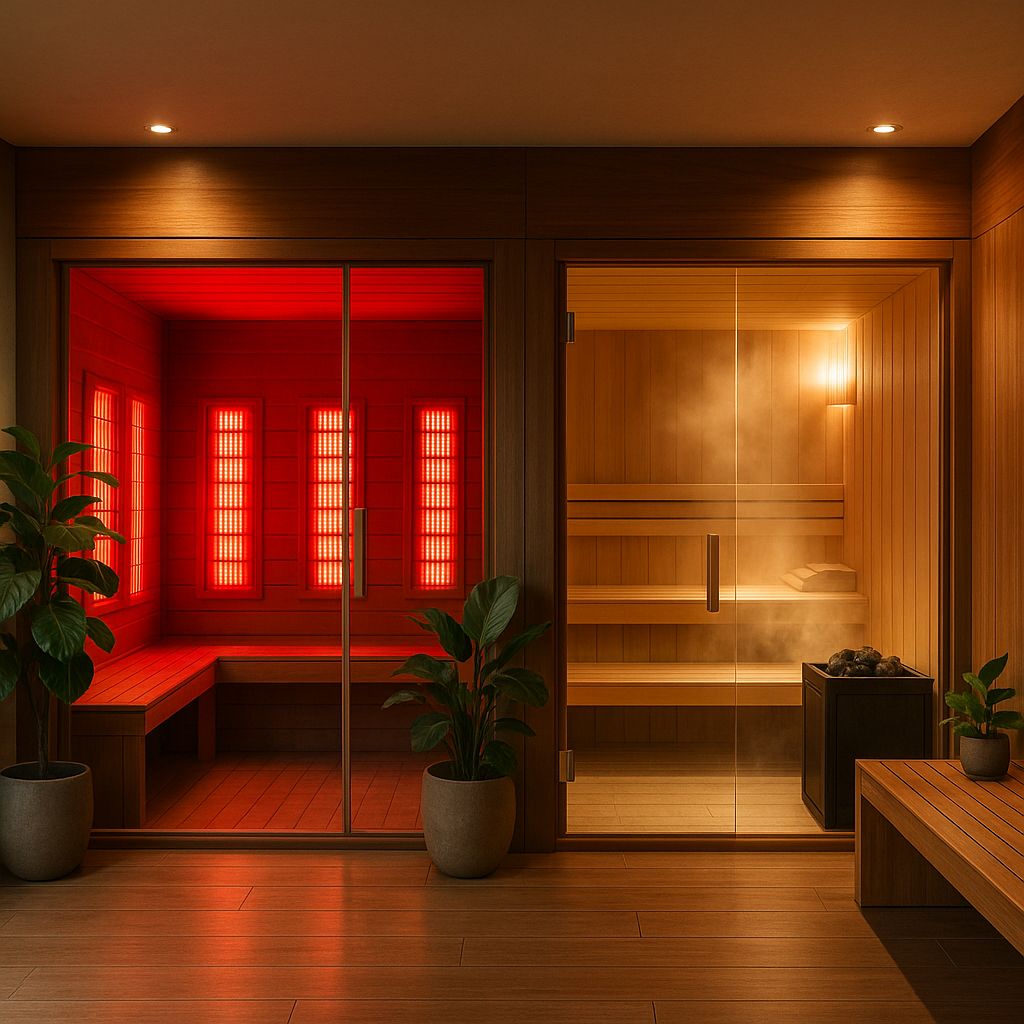
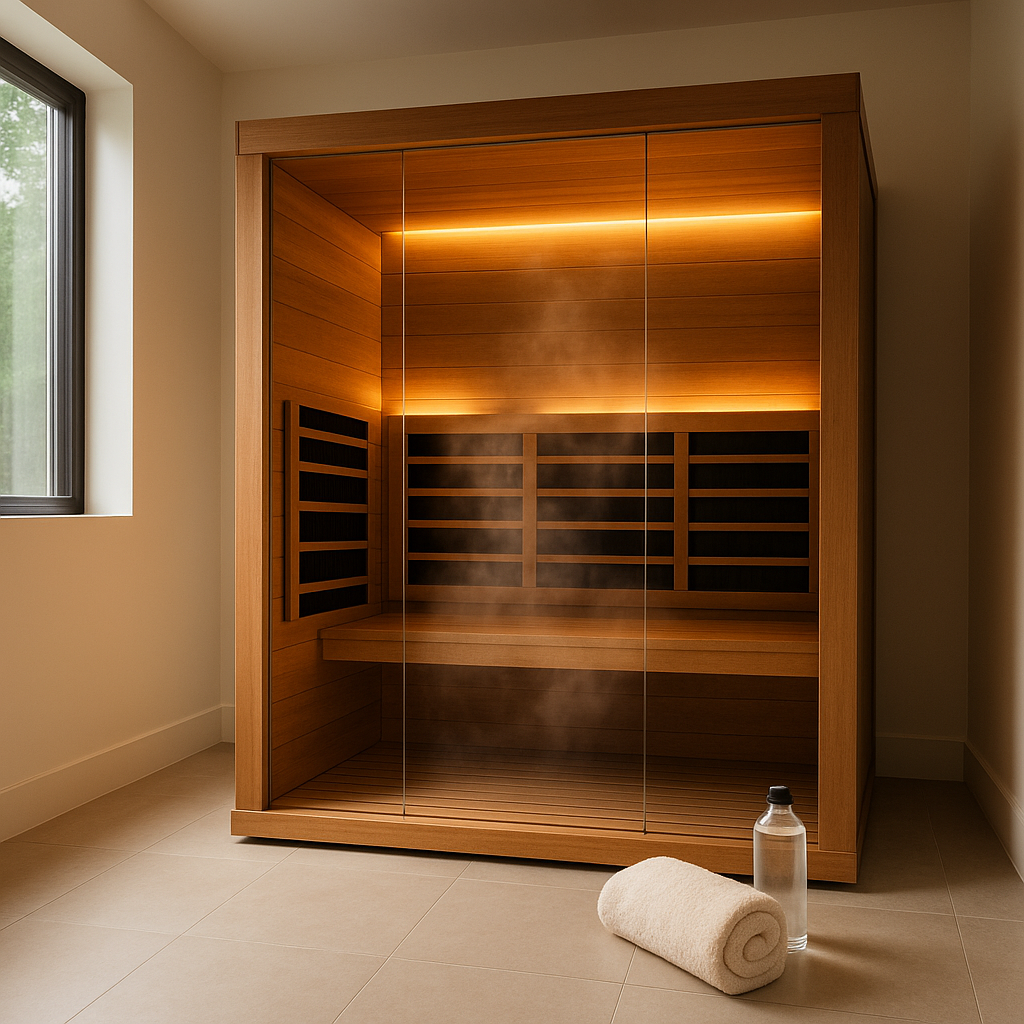
Leave a comment
This site is protected by hCaptcha and the hCaptcha Privacy Policy and Terms of Service apply.